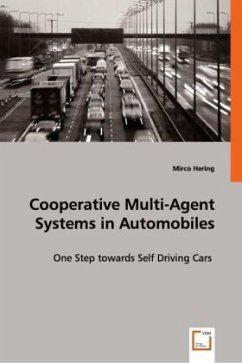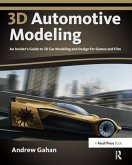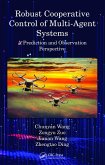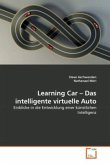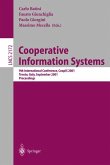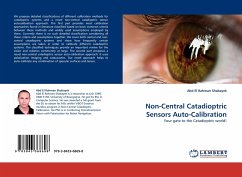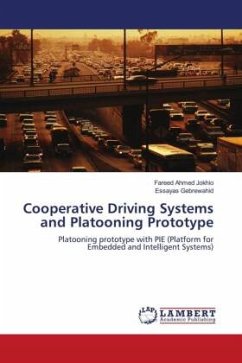How would it be if in the future, technology could drive cars for us? This will give a complete new meaning to the term auto-pilot. Cars that drive themselves may seem like science fiction but they could end accidents, road rage and make traffic jams a thing of the past. In this study I am taking some of the first steps towards the creation of safe self driving cars by designing a protocol to make all agents found in cars today (GPS, camera, distance sensor) communicate with each other. Through this communication the car's automatic driver agent should be able to steer the car safely in a given route. The simulation tool Webots was used to simulate cars on a highway and to test how they behave when restricted by a simple protocol. A Spin Model Checker was also used to perform further model simulations and verifications. Analysing the protocol through model checking made it possible to recognise weaknesses that would have not been obvious from the simulation alone. This illustrates that model checking is a very useful addition to traditional simulation methods in getting us a step closer to self driving cars. Are you ready for a test ride?
Bitte wählen Sie Ihr Anliegen aus.
Rechnungen
Retourenschein anfordern
Bestellstatus
Storno

